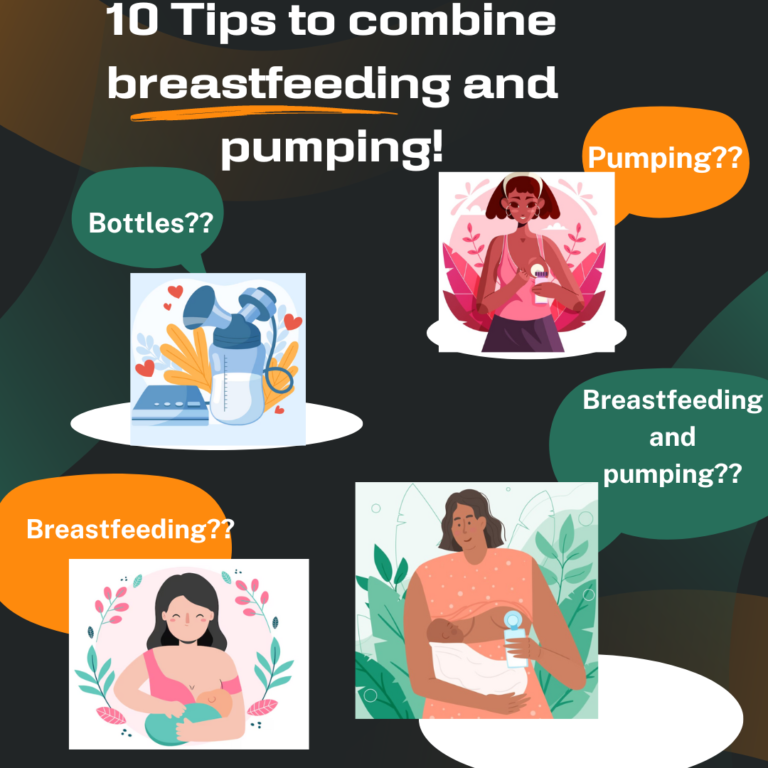Glandular Hypoplasia: A comprehensive guide for breastfeeding women’s
Breastfeeding is a deeply nurturing and vital aspect of early motherhood, providing numerous benefits to both mother and child. However, for some women, the path to successful breastfeeding is marked by obstacles. In this comprehensive guide, we will delve into the world of Glandular Hypoplasia, unraveling its complexities, recognizing its signs, and exploring the unique challenges it poses to breastfeeding.

What is Glandular Hypoplasia?
Glandular Hypoplasia, also known as insufficient glandular tissue (IGT), is a congenital breast condition that profoundly affects a woman’s ability to breastfeed. It arises when the mammary glands and ducts within the breast fail to fully develop during puberty, resulting in limited milk-producing capacity. This condition manifests in the physical appearance of the breasts, often appearing widely spaced, conically shaped, or uneven.
One of the most prominent challenges associated with Glandular Hypoplasia is a significantly reduced milk supply, making it difficult for affected women to exclusively breastfeed their infants. The underdeveloped glandular tissue within the breasts hinders the production of an adequate amount of breast milk.
What are the risk factors for glandular hypoplasia?
It is believed to result from developmental factors during puberty, where the mammary glands and ducts fail to fully develop. While Glandular Hypoplasia is primarily congenital and not linked to lifestyle or environmental factors, there are some situations that may increase the risk of breastfeeding challenges associated with IGT:
- Family History: Having a family history of breastfeeding difficulties or Glandular Hypoplasia may slightly increase the likelihood of experiencing similar issues.
- Hormonal Factors: Conditions or treatments that affect hormone levels, such as polycystic ovary syndrome (PCOS) or certain medications, could potentially impact breast development and milk production, though this is not the same as causing IGT.
- Breast Surgery: Breast surgeries, especially those involving the removal of breast tissue or the areola, can affect milk production and breastfeeding ability.
It’s important to note that while these factors may influence breastfeeding challenges, Glandular Hypoplasia itself is primarily a result of congenital developmental factors.
What are the Breastfeeding Challenges and treatments for glandular hypoplasia?

Breastfeeding with Glandular Hypoplasia, or insufficient glandular tissue (IGT), can present unique challenges due to underdeveloped mammary glands. Here are the common breastfeeding challenges associated with Glandular Hypoplasia and their respective treatments:
- Low Milk Supply:
- Challenge: Glandular Hypoplasia often leads to a significantly reduced milk supply, making it challenging to exclusively breastfeed.
- Treatment: Strategies to increase milk supply include frequent nursing, efficient pumping, herbal galactagogues (under medical guidance), and prescription medications like domperidone. Lactation consultants can provide guidance.
- Latching Difficulties:
- Challenge: The physical characteristics of breasts affected by Glandular Hypoplasia, such as their shape and nipple issues, can lead to difficulties with latching.
- Treatment: Lactation consultants can offer assistance with proper latching techniques, and the use of nipple shields may be beneficial.
- Supplementation Needs:
- Challenge: Due to the limited milk supply, supplementation with formula or donor milk is often necessary to ensure the baby receives adequate nutrition.
- Treatment: Mothers should be open to supplementation when needed, as the baby’s health is the top priority. A combination of breastfeeding and supplementation can provide the best nutrition.
- Emotional Stress:
- Challenge: Coping with the challenges of Glandular Hypoplasia and breastfeeding difficulties can be emotionally taxing.
- Treatment: Seek emotional support from healthcare professionals, support groups, or therapists to manage stress and anxiety. Emotional well-being is crucial during this journey.
It’s important to remember that every breastfeeding experience is unique, and success may vary from person to person. Seeking guidance from healthcare providers and lactation consultants is essential to address the specific challenges associated with Glandular Hypoplasia and to develop a personalized breastfeeding plan that aligns with both the mother’s goals and the baby’s nutritional needs.
Strategies for Breastfeeding Success for women suffering with Glandular Hypoplasia
The challenges may be significant, with determination and the right approach, many women with Glandular Hypoplasia can still have a fulfilling breastfeeding experience. Here are strategies for breastfeeding success:
- Consult a Lactation Consultant:
- Lactation consultants are highly trained professionals who specialize in breastfeeding support. They can provide personalized guidance on latching techniques, breastfeeding positions, and milk production stimulation.
- Frequent Nursing and Pumping:
- Frequent breastfeeding sessions and efficient pumping can help stimulate milk production. Ensure your baby is latched correctly, and use breast compressions to maximize milk flow.
- Supplementation When Necessary:
- Be open to supplementing with formula or donor milk to ensure your baby receives adequate nutrition. Your baby’s well-being is the top priority, and supplementation can be an essential part of their diet.
- Herbal Galactagogues (Under Medical Guidance):
- Some herbal supplements, such as fenugreek and blessed thistle, are believed to help increase milk supply. However, their effectiveness can vary, and it’s crucial to consult with a healthcare provider before using them.
- Prescription Medications (Under Medical Guidance):
- Medications like domperidone can be prescribed by a healthcare provider to stimulate milk production in some cases.
- Breast Massage and Compression:
- These techniques can assist in improving milk flow and ensuring complete breast drainage during nursing or pumping sessions.
- Emotional Support:
- Coping with the challenges of Glandular Hypoplasia and breastfeeding can be emotionally taxing. Seek emotional support from healthcare professionals, support groups, or therapists to manage stress and anxiety.
- Flexibility and Patience:
- Be patient with yourself and your baby. Breastfeeding may require more effort and time, and it’s essential to adapt to your specific situation.
- Bonding and Skin-to-Skin Contact:
- Spending time with your baby skin-to-skin can strengthen the emotional bond and help stimulate milk production.
- Celebrating Small Wins:
- Acknowledge and celebrate every breastfeeding milestone, no matter how small. Every drop of breast milk provided to your baby is a victory.
Remember that every breastfeeding journey is unique, and what works for one person may not work for another. The key is to seek expert guidance, stay committed, and adjust your approach as needed to provide the best possible nutrition and bonding experience for both you and your baby.
Conclusion
Glandular Hypoplasia is a condition that requires perseverance and support. While breastfeeding challenges may arise, many women with Glandular Hypoplasia can still provide valuable nutrition and bonding through breastfeeding. The key is to seek help from experts and embrace the rewarding experience of breastfeeding, no matter the obstacles you face. Remember, every breastfeeding journey is unique, and the love and nourishment you provide your baby are truly remarkable.
Frequently asked question
- Can I breastfeed with Glandular Hypoplasia?
Yes, it is possible to breastfeed with Glandular Hypoplasia, but it may require extra effort, support, and, in some cases, supplementation with formula or donor milk to ensure your baby receives enough nutrition.
2. How can I increase my milk supply with Glandular Hypoplasia?
Strategies to boost milk supply include frequent nursing and pumping, consulting a lactation consultant for personalized guidance, and, under medical guidance, considering herbal galactagogues or prescription medications.
3. Is it normal to feel emotional stress while breastfeeding with Glandular Hypoplasia?
Yes, it is entirely normal to experience emotional stress when facing breastfeeding challenges with Glandular Hypoplasia. Seek emotional support from healthcare professionals, support groups, or therapists to manage stress and anxiety during your breastfeeding journey.













+ There are no comments
Add yours